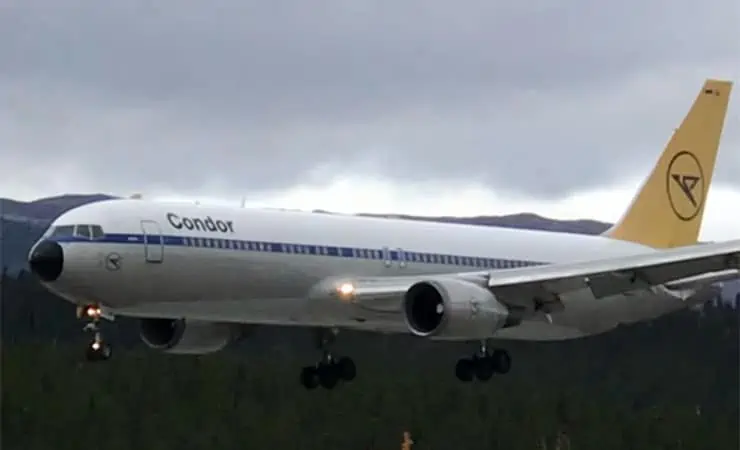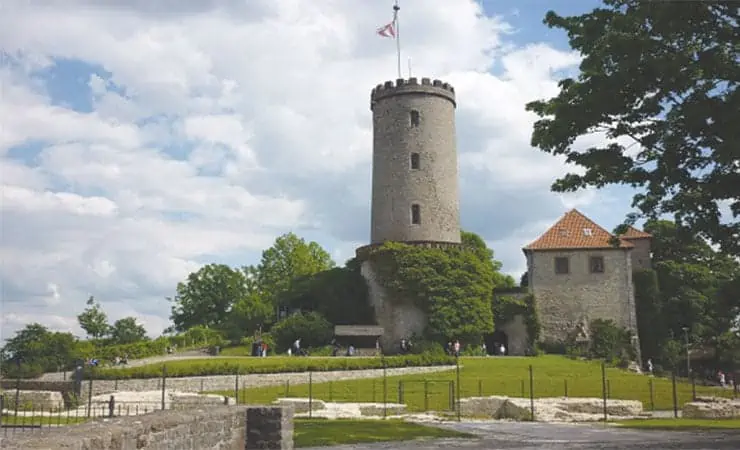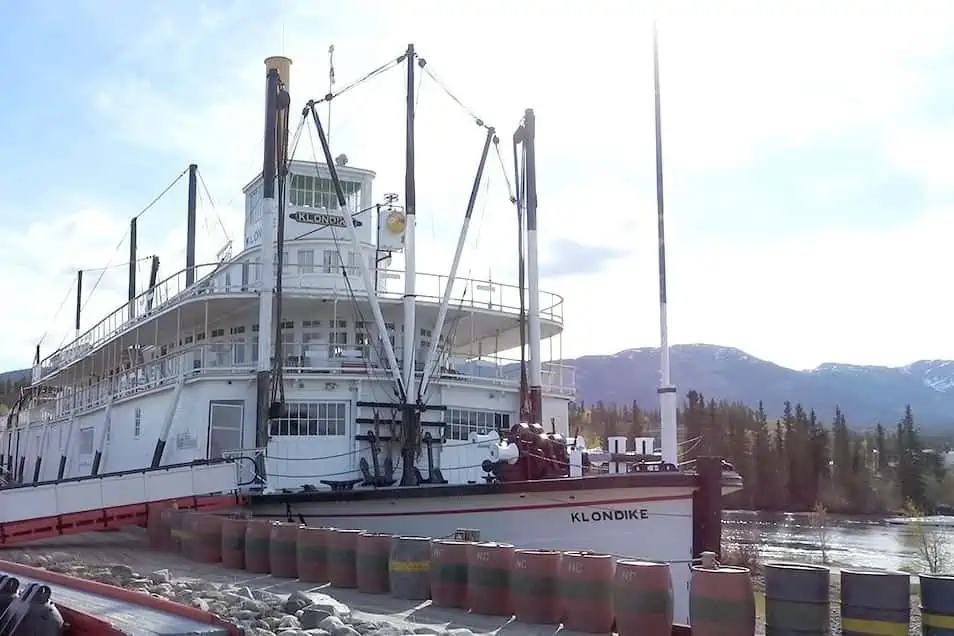“Oh, the Yukon. I’m planning a moose hunting trip there.”
Not the expected response from a Turkish rug salesman, as one wanders through the narrow cobblestone streets of Istanbul’s historic district, Sultanahmet.
I felt far from my northern home while sweating in mid-May temperatures of nearly 20 degrees Celsius.
I had assumed that my quick retort of, “Yukon”, to the persistent salesman’s question “Hey lady, where you from?” would allow for a polite escape as he puzzled over this strange word.
In surprising reality, not only did this man instantly know where I was talking about, but seconds later he had a Yukon travel magazine pulled from under the table.
My wary tourist stance gave way to intrigue as Omer explained his connection to the North of North America in his Turkish-Kiwi accent.
Yes, Turkish-Kiwi, because not only was he fully aware of Northern Canada and our abundance of ungulates, this man had perfected his English during a decade of life in New Zealand.
From New Zealand’s mountains, he returned to the heart of Istanbul to help with the family business—aKilim shop. The business restores antique rugs and sells not only to tourists but also to overseas American carpet connoisseurs.
We sipped on apple tea, a drink shared amongst Turkish friends, as Omer spoke of his Canadian travel and hunting plans.
This blend of cultures and cosmopolitan knowledge is not uncommon for Turkish locals.
Turkey is a thoroughly Islamic nation, its city skylines spotted with minarets from the many mosques.
And as my first visit to a Middle Eastern country, the view of these beautiful domed buildings covered in timeworn hand-painted tiles was astounding.
My eyes gradually grew used to their sight and my ears to the calls announcing five daily prayers.
Then I noticed the modern buildings and transportation that supports a blossoming tourist industry. This juxtaposition of cultures and contrast of old and new continued for the duration of my visit, along with influences from both of Turkey’s continents, Europe and Asia.
Four months prior, I had been struck by this continent-straddling geographic realization. On the phone with a travel agent, she explained how many flight points I needed for a European flight.
Insisting that I was travelling to Turkey, not Europe, it slowly dawned on me. I discreetly peered at the maps of my near-mint travel guide, quit my insisting, and booked the flights: Whitehorse, Vancouver, Frankfurt, Istanbul—return!
I was indeed heading to a uniquely Eurasian country and would have the best of both worlds!
I am not alone in this realization that Turkey is quite accessible from most European countries. A short flight from Frankfurt brought me to the capital, Istanbul.
In the past decade, Turkey has made noticeable efforts to be recognized as a quality tourist destination.
Not only are the culture, history, and culinary offerings impressive, but also transportation and accommodation continually pleased my travelling companions and me.
During the three weeks, I experienced bustling city life with hidden gems of hammams (Turkish bath houses), colorful markets, neck-craning mosques, and seaside strolling.
I trekked along the Lycian Way’s Mediterranean coast with tortoises and goats as companions and small villages as respites from the trail.
Finally, I visited the spectacular Cappadocia region, a land of fairy chimneys, hot air balloon rides, and hours of hiking and bike riding in valleys of statuesque volcanic remnants.
I sincerely hope that other Yukoners will take advantage of our direct flights to Europe and then continue a tad farther to the interesting lands of the Middle East.
And if, upon your return, you meet a man named Omer wearing a fez, offering you baklava, while hunting moose on the McQuesten River, you may simply unfold your Turkish tourism brochure and inquire about tapestries.



